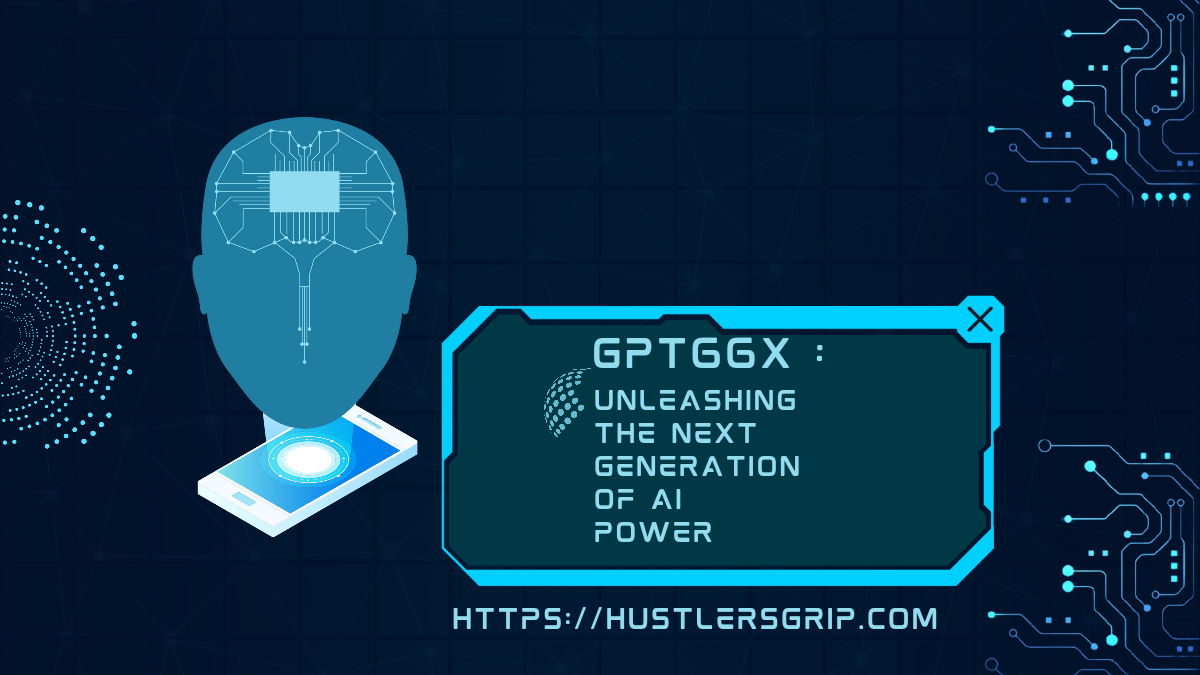GPT66X cutting-edge AI model represents a significant leap forward in natural language processing (NLP) technology, promising to revolutionize a wide range of applications across industries. In this article, we’ll delve deep into the workings of GPT-66X, exploring its capabilities, advancements, potential impact, and the future it heralds.
Understanding GPT-66X:
GPT-66X stands for “Generative Pre-trained Transformer 66X,” an advanced iteration of the renowned GPT series developed by OpenAI. Like its predecessors, GPT66x is built upon the transformer architecture, a neural network design known for its effectiveness in processing sequential data, particularly in NLP tasks. What sets GPT66X apart is its unprecedented scale and complexity, boasting an astonishing 66 trillion parameters—orders of magnitude larger than any previous model.
At its core, GPT66X excels in generating human-like text based on context, making it adept at tasks such as language translation, text summarization, question answering, and content generation. By training on vast amounts of text data from the internet, GPT-66X has developed a deep understanding of language patterns, nuances, and semantics, enabling it to produce remarkably coherent and contextually relevant responses.

Capabilities and Applications:
The sheer scale of GPT66X unlocks a myriad of possibilities across diverse domains. In healthcare, for instance, GPT66X can assist medical professionals by analyzing patient data, generating medical reports, and even offering diagnostic insights based on symptoms provided. Similarly, in finance, the model can be utilized for sentiment analysis, risk assessment, automated customer support, streamlining operations, and improving decision-making processes.
In education, GPT66X has the potential to revolutionize personalized learning experiences, creating tailored educational content, providing instant feedback to students, and adapting curriculum materials to individual learning styles. Moreover, in creative fields such as literature, music, and visual arts, GPT66X serves as a powerful tool for generating original content, collaborating with human creators, and pushing the boundaries of artistic expression.
Ethical Considerations and Challenges:
With great power comes great responsibility, and the deployment of GPT66X raises important ethical considerations and challenges. Concerns regarding misinformation and bias, for instance, underscore the need for robust safeguards to prevent the dissemination of false or harmful content generated by the model. Additionally, issues related to privacy, data security, and algorithmic accountability must be addressed to ensure responsible AI deployment and mitigate potential risks.
Furthermore, as AI systems like GPT66X continue to advance, questions surrounding job displacement, economic inequality, and the societal implications of automation become increasingly pertinent. While AI has the potential to enhance productivity, efficiency, and innovation, it also poses significant socio-economic challenges that require thoughtful consideration and proactive mitigation strategies.
The Future of GPT-66X:
Despite these challenges, the future of GPT66X appears promising, with implications that extend far beyond its current capabilities. Continued research and development efforts aim to further enhance the model’s performance, scalability, and versatility, unlocking new possibilities in areas such as multilingual communication, scientific discovery, and human-AI collaboration.
Moreover, as AI technologies become more pervasive and integrated into everyday life, the ethical, legal, and societal implications of GPT66X and its successors will continue to shape the discourse surrounding AI governance, regulation, and responsible innovation. By fostering interdisciplinary collaboration, transparency, and inclusivity, we can harness the transformative potential of GPT66X to create a more equitable, sustainable, and human-centric future.
GPT66X represents a remarkable milestone in the evolution of AI, pushing the boundaries of what is possible in natural language understanding and generation. With its unprecedented scale, capabilities, and potential applications, GPT66X holds the promise of revolutionizing numerous industries, while also raising important ethical considerations and challenges that must be addressed.
As researchers, developers, policymakers, and stakeholders navigate the complex landscape of AI innovation, it is imperative to prioritize ethical principles, accountability, and transparency to ensure that AI technologies like GPT66X are deployed responsibly and ethically. By harnessing the transformative power of AI for the benefit of society, we can unlock new frontiers of human achievement and usher in a future where AI serves as a force for positive change.

FAQ about GPT66X:
What is GPT66X?
GPT66x refers to the latest iteration of the Generative Pre-trained Transformer (GPT) model developed by OpenAI. It represents a significant advancement in natural language processing (NLP) technology, capable of generating human-like text based on prompts provided to it.
How does GPT-66X work?
GPT66x operates on a deep learning architecture known as a Transformer, which processes input data in sequential order and generates output based on patterns learned during training.
What are the key features of GPT-66X?
GPT66x boasts several key features, including improved language understanding, enhanced context awareness, and more accurate text generation compared to earlier versions.
How can GPT-66X be used?
GPT66x has a wide range of potential applications across various industries and domains. It can be used for generating human-like text for content creation, translation, summarization, chatbots, virtual assistants, sentiment analysis, and more.
What are the limitations of GPT-66X?
While GPT-66X represents a significant advancement in NLP technology, it is not without its limitations. The model may generate inaccurate or biased responses, particularly when prompted with sensitive or controversial topics.
Is GPT-66X capable of understanding and generating text in multiple languages?
Yes, GPT-66X has been trained on a diverse dataset of text from multiple languages, allowing it to understand and generate text in languages other than English. However, its performance may vary depending on the language and the quality of the training data available.
How does GPT-66X compare to earlier versions of the GPT model?
GPT-66X represents a significant improvement over earlier versions of the GPT model in terms of both performance and capabilities. It has a larger model size, and more parameters, and has been trained on a more extensive dataset, resulting in better language understanding and more coherent text generation.
Is GPT-66X open-source?
As of the latest information available, GPT-66X is not open-source. However, OpenAI has released earlier versions of the GPT model, such as GPT-3, under a restricted license that allows for limited access and use by researchers and developers. It remains to be seen whether GPT-66X will be made available to the public similarly.
How can I access GPT-66X?
Access to GPT-66X is currently limited, and specific details regarding availability and licensing have not been publicly disclosed by Open AI.







Leave A Comment